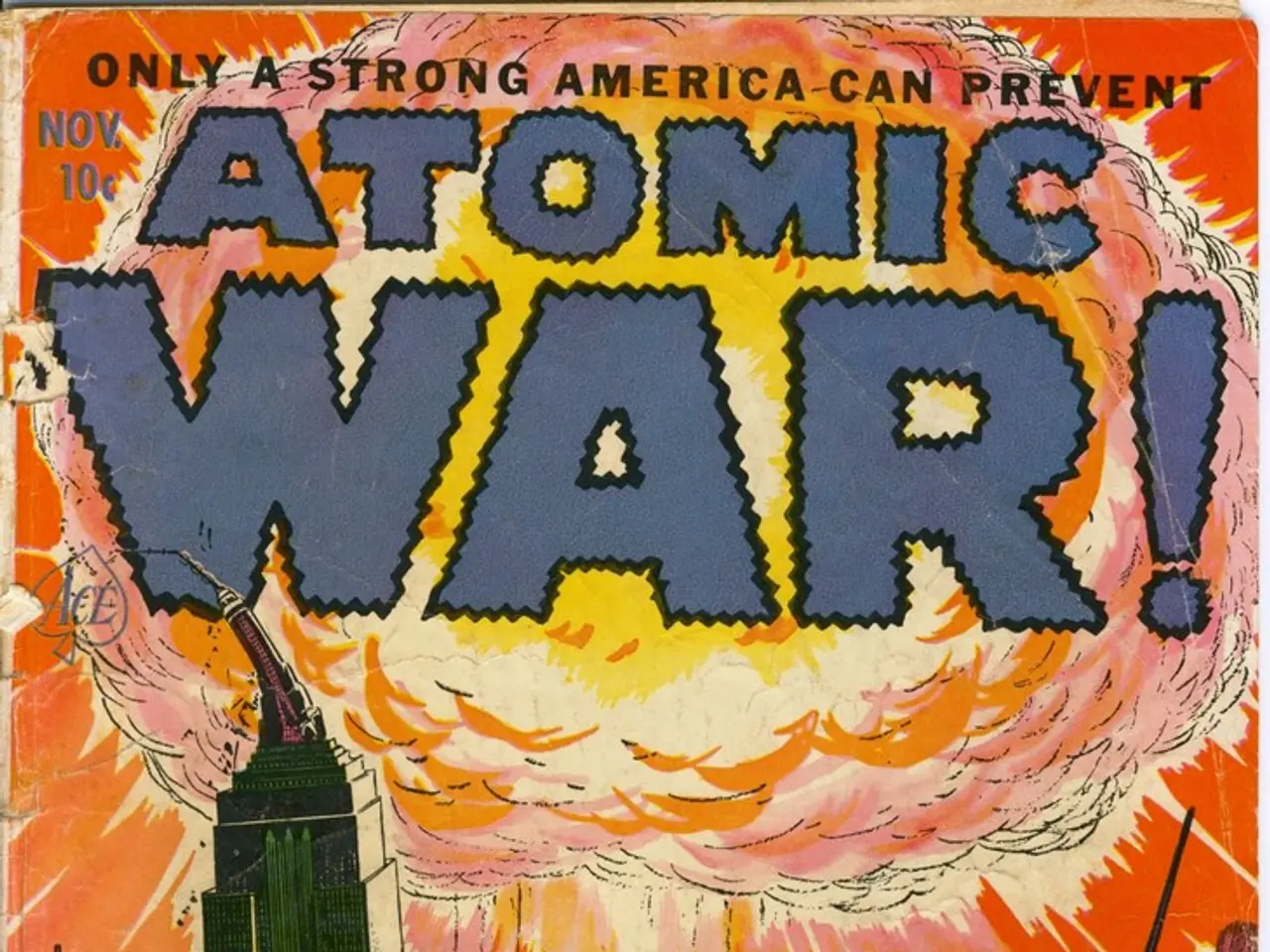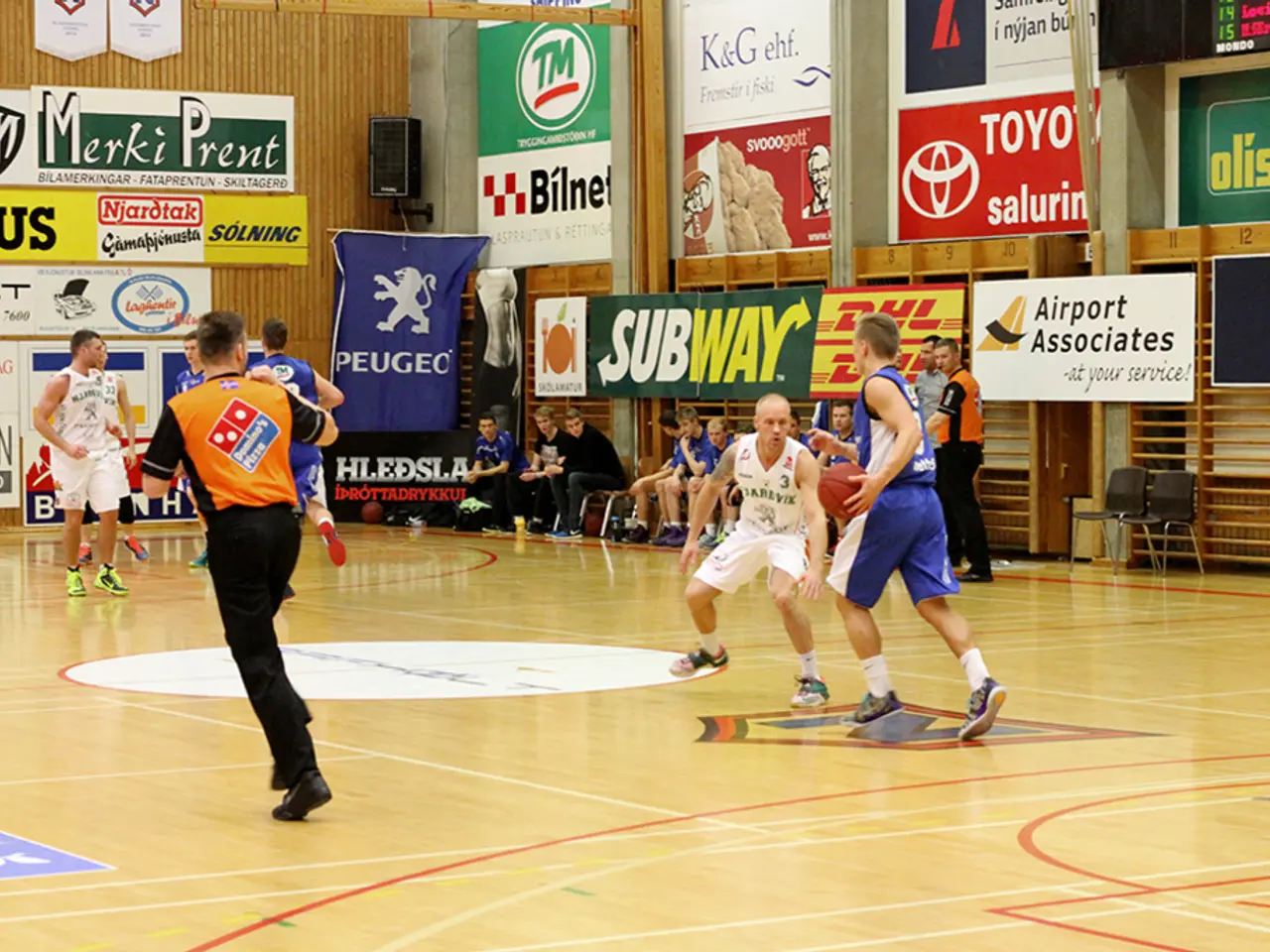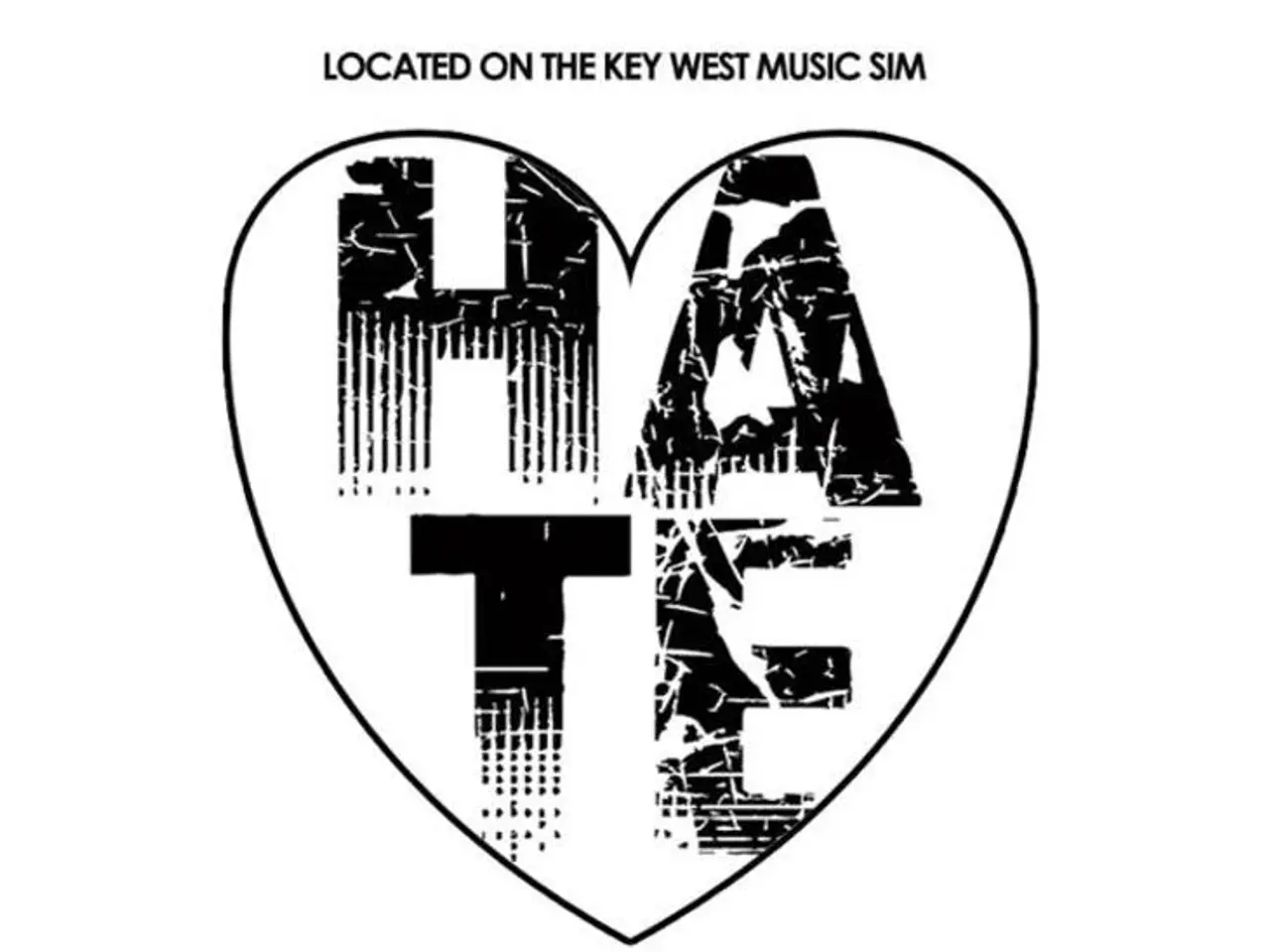Catastrophic Images from Hurricane Katrina's Wreakage: 55 Powerful Snapshots Captured Post-Storm
Hurricane Katrina, which struck New Orleans in 2005, left an indelible mark on the city, reshaping its society, culture, infrastructure, and economy for decades.
Society and Demographics
The hurricane led to a significant displacement of residents, causing a dramatic population decline. Between 2005 and 2011, the city's population fell by about 29%, and by 2020, it remained around 20% below the pre-Katrina level. The demographic makeup shifted, with Black residents decreasing by about 40% in some neighborhoods, and an influx of white residents in others, exacerbating social inequalities and altering the city’s historic racial and economic fabric.
Culture and Community
The storm exposed and amplified systemic social injustices, particularly among Black communities, which suffered both immediate devastation and long-term neglect. Key cultural neighborhoods like Treme, an important site in African American heritage, experienced sharp demographic and economic shifts. The loss of middle-class Black jobs, notably those tied to the manufacturing sector including NASA-related facilities, contributed to social stress and a mental health crisis marked by increased suicides and "deaths of despair."
Infrastructure
The failure of the federal levee system led to catastrophic flooding, with 80% of the city submerged. Despite some improvements, the storm revealed decades of poor urban planning, engineering faults, and governance failures. These institutional issues remain a critical part of New Orleans’ challenges, influencing ongoing flood risk management and urban redevelopment efforts.
Economy
Katrina caused over $160-$170 billion in damages, devastating businesses and displacing workers. Economic recovery has been uneven; while some sectors and neighborhoods rebounded, many jobs—especially manufacturing—were permanently lost, weakening the middle class. Housing recovery was hampered by bureaucratic delays and funding gaps, leading to a patchwork of redevelopment with some areas thriving and others struggling or remaining underdeveloped.
Reforms and Controversies
Communication failures between federal, state, and local responders during Hurricane Katrina were due to different agencies using incompatible radio systems. FEMA underwent significant reforms following the disaster, with the Post-Katrina Emergency Management Reform Act of 2006 enhancing its authority and resources while establishing new requirements for catastrophic disaster planning. However, controversies persisted, such as the delayed military assistance due to bureaucratic procedures and concerns about the Posse Comitatus Act.
In a piece for Politico, Michael Brown, the former FEMA director who resigned ten days after the hurricane, defended his actions during the disaster, blaming the mayor and governor for not fulfilling their responsibilities. Dennis Hastert, then Speaker of the House, publicly questioned if any federal funds should be used to help New Orleans rebuild.
Rebuilding Efforts
The recovery from Hurricane Katrina was a long and contentious struggle that highlighted existing social and economic inequalities. Not having insurance made people ineligible for federal aid. The Road Home program, Louisiana's primary housing recovery initiative, faced criticism for delays, bureaucratic complications, and formulas that some argued discriminated against minority homeowners. The aid that filtered down to residents of the affected area was held up by rules and red tape.
New Orleans Today
It remains to be seen if New Orleans has fully figured out how to help those affected by the hurricane. The city's education systems were completely restructured, with the traditional public school system largely replaced by charter schools. Some charter schools in New Orleans teach Accelerated Christian Education (A.C.E.), which exposes students to intensive religious instruction in every subject. Various contractors, advisers, and conmen took advantage of the hurricane relief efforts, committing fraud.
Despite these challenges, the U.S. Coast Guard was effective in responding to Hurricane Katrina, rescuing over 33,500 people. Hurricane Katrina effectively upended the society and culture of New Orleans, but it also fundamentally changed how the United States approaches disaster preparedness and response. President George W. Bush publicly praised FEMA director Michael Brown despite criticism for the agency's slow response to the disaster.
In conclusion, Hurricane Katrina's legacy is a city transformed by demographic upheaval, cultural shifts, infrastructural vulnerabilities exposed by institutional failures, and a fractured economy with lasting disparities and mental health challenges. The disaster remains a defining moment in how New Orleans governs itself and rebuilds its future.
References: 1. [Beyer, L. (2006). New Orleans: The Crescent City after Katrina. New York: Routledge.] 2. [Brown, M. (2010). Taking the High Ground: My Life in Politics and Leadership. New York: HarperCollins.] 3. [Gotham, K. F., & Smith, S. L. (2010). A New Deal for New Orleans: Lessons in Urban Renewal from the Post-Katrina Era. New York: Oxford University Press.] 4. [Katz, J. (2009). The Big Uneasy: New Orleans, Katrina, Race, and the Politics of Recovery. New York: Metropolitan Books.] 5. [Kushner, R. (2005). God Save New Orleans: The City, the Storm, and the Betrayal of America. New York: Scribner.]
- The cultural shifts following Hurricane Katrina exposed not only the historical racial and economic fabric of New Orleans, but also the systemic social injustices that amplified in the aftermath, as evidenced by the increased mental health challenges and decreased middle-class jobs, particularly those tied to the manufacturing sector and NASA-related facilities.
- Amidst the rebuilding efforts and controversies that followed Hurricane Katrina, the disaster fundamentally changed how the United States approaches disaster preparation and response, impacting society, infrastructure, culture, and the economy, while highlighting the lingering systemic issues that still challenge New Orleans today.








